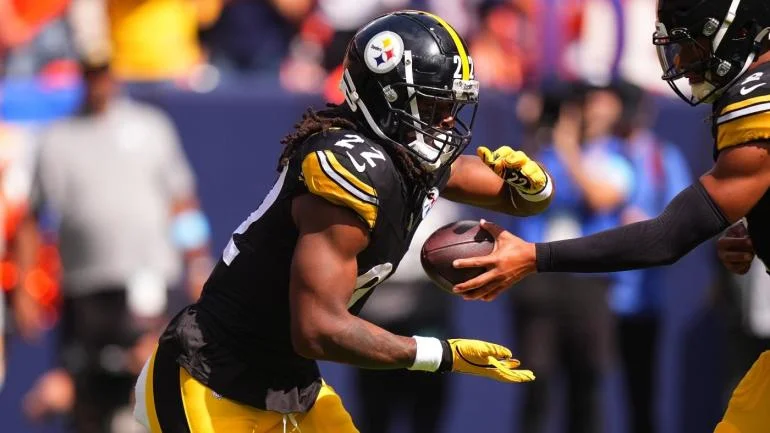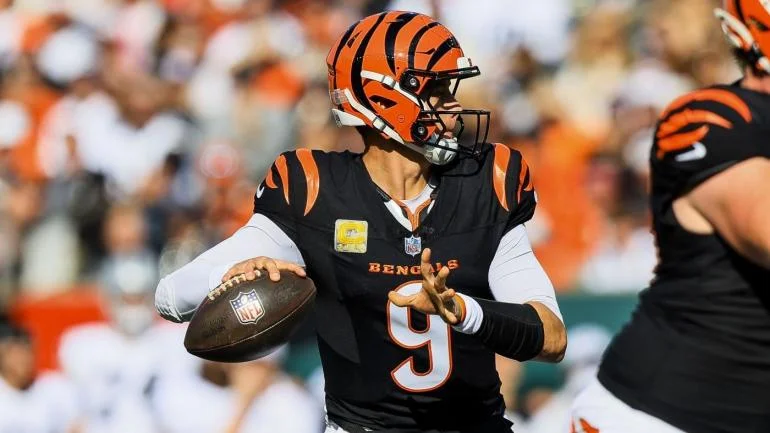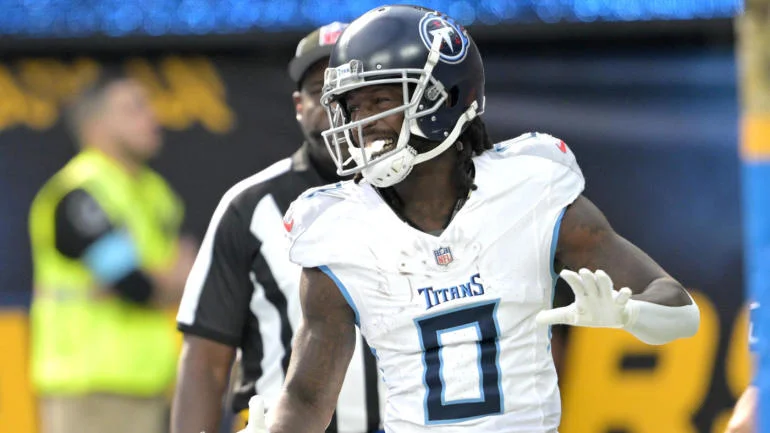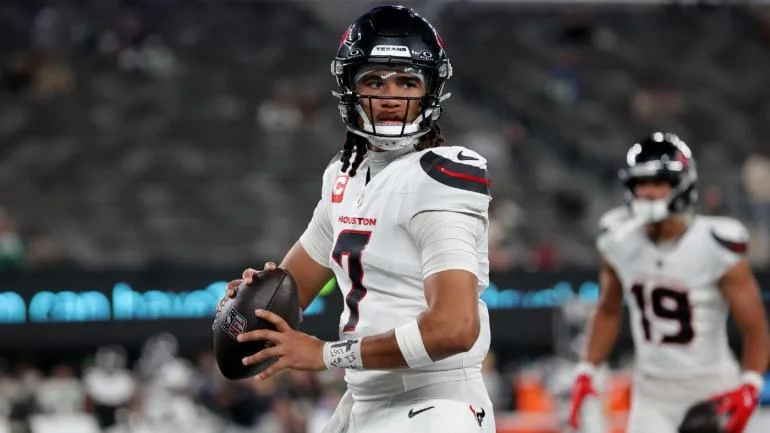Was franchising Kirk Cousins the right move?
Welcome to the first segment of “Was it Worth It?” where every few days we will be exploring (okay, *I* will be exploring, and you mainly reading about it) all of the noteworthy QB dilemmas teams around the league faced this offseason and how they handled them, with my analysis of whether or not they have made the right decision. This article will be devoted to the team with undeniably the highest-profile QB of the bunch: the Washington Redskins.
Let’s start by being realistic. A franchise tag was ABSOLUTELY the best solution for both the Redskins and Kirk Cousins…the first time.
That’s right, we have to start with the first decision to tag him, starting with the why. Kirk Cousins started 2015 as a less than stellar QB. After 6 games, he had only 6 touchdowns to 8 interceptions and was averaging 4.775 adjusted net yards per play. That level of efficiency would have landed him in the bottom 20% of all QBs over the last 5 years. And remember, he was throwing to a pretty solid group of receivers. He (or at least his agent) was probably considering his future as a backup in 2016. Then Tampa Bay happened, and Captain Kirk went on a tear. 23 TDs to 3 INTs AND an instant catch phrase. It was a fantastic performance, but maybe it introduced more questions than it answered. Had he really turned a corner or was he just on a hot streak? After all, Nick Foles had posted an even more amazing 27:2 TD:INT ratio in 2013, and he didn’t exactly turn out to be a franchise guy, did he? So maybe it wouldn’t last. Also, even if it did last, did it even mean anything? Despite his seemingly stellar play, the Redskins didn’t beat a single team with a winning record that year. Was he actually good, or just looking good thanks to weak competition? In addition, Cousins wasn’t asked to do a lot in 2015. Twelve QBs finished with more total yards that year, probably due to the fact that Cousins was averaging WELL BELOW the average plays per game for a QB. He averaged 38.4 plays per game. The league average among qualifying QBs in 2015, meanwhile, was 40.9. Could he really handle the pressure of being the focus of the offense? So yeah, there were concerns.
How did the Redskins initially respond? According to Mike Garofolo, Washington was more than aware of the potential red flags and only offered him 16 million a year, with only 24 million guaranteed. Naturally, Cousins didn’t accept. Remember that Brock Osweiler got 18 million a year in Houston for considerably worse play (and yes, there will be a write up on him. As a Texans fan, I am saving him for last). The Redskins then offered him a non-exclusive franchise tag for 19.95 million and left him the option to negotiate with other teams. I can’t help but wonder if they were hoping another team would pick him up and pay the 2 first round picks for doing so, as they clearly didn’t feel he was worth the 20 million for one year. If so, they were beyond greedy. After all, if they were only willing to pay 16 million, why would they expect another team to pay over 20 million AND two first rounders? It’s kind of a shame there isn’t a tag in between non-exclusive and transition. In my opinion, they should have shopped him around more aggressively after tagging him and asked for less draft capital.
Cousins accepted the franchise tag, as it was already four million more than the Redskins were willing to pay him (not to mention fully guaranteed), and he seemed to feel confident that playing one more year would only increase his value. 2016 proved him right. In every way, it was just a far more complete year. Every year for the past 5 years, I have tracked the total per play efficiency (using TANY/A), and total plays per game (including passes, sacks, and rushes), taking into account time not on the field due to substitutions. I only count those QBs that play 8 full games or more in a season. In 2016, Kirk Cousins put up the 18th best season out of 141 eligible contenders, putting him in the top 13%. 2015, by the way, was the 26th best, still fairly impressive. In addition, he averaged about four more plays per game in 2016, bringing him up to 41.4, now slightly above the league average of 41.0. On top of all that, despite the Redskins finishing only 8-7-1, they actually beat multiple teams that would finish the year with a winning record. They also played more games against teams with a winning record, though, so maybe the Redskins front office wasn’t convinced.
I probably don’t need to tell you about the trade rumors, but we can talk about why they didn’t happen. I don’t believe that Kirk Cousins and then-GM Scott McCloughan were nearing agreement on a deal. I think it’s just that Cousins has all the leverage. Aside from the steep pay increase, there’s another reason teams rarely use the second tag: there’s nowhere to go but down. At 24 million a year, Kirk Cousins will have the fourth highest pay in football (about 600,000 away from being #1), and after this year, will have his pick of teams in the league. In order for the Redskins to keep him, they need to either a) offer significantly more than an already-inflated contract gives him, or b) guarantee the hell out of an already high-paying contract. In order for Cousins to sign an extension before hitting free agency, the deal would have to be too good, by which I mean really bad for Washington. To top it off, the only QB they’ve drafted since 2015 was Nate Sudfeld, meaning that their options (should Cousins depart) are Colt McCoy and a 2016 6th rounder who got 0 snaps during the season.
Honestly, though, there’s almost no reason for the Redskins to do that. This team is not on the cusp of a championship, nor are they so bad that no one else will come play for them. They have the kind of offense that can either help groom a young QB or attract one in free agency. Their best bet, much as it was in 2016, is to trade him, but they’d be trading a one year fill in with a high price tag since any team that acquired him via trade would have all the issues the Redskins currently have in negotiations (see above). Given that, it would be unlikely that any are willing to part with a third-round pick or better unless a starting QB went down and they had their eyes on a championship (for those wondering, I am definitely saying the Redskins should have traded Cousins to the Vikings last year). Why do I say a third round pick, by the way? Because right now, Kirk Cousins basically guarantees a 2019 pick at the end of the third round due to the odd compensatory pick system.
Washington is, in my opinion, playing an odd game, clearly hoping that Cousins will regress enough in 2017 to temper his contract expectations, while still being worth keeping. Notice the focus on defensive talent in this year’s draft? Yeah, they don’t want to make his job too easy, and I understand why. I just don’t see this strategy working, as I am only expecting a very minor regression this year, largely due to a net loss at wide receiver. My prediction is that Cousins will play out this year in Washington and hit free agency hard. The Redskins will draft a new QB in 2018. After everything was said and done, Washington spent 24 million, missed the playoffs, and are no closer to signing a franchise QB. Was it worth it? Definitely not.
The next article will be on the New York Jets. I will be checking out the comments for this article beforehand, so let me know what you think. Anything particularly intelligent or funny will get a mention.




